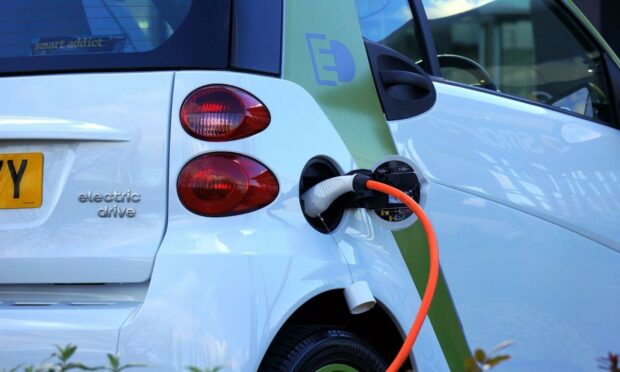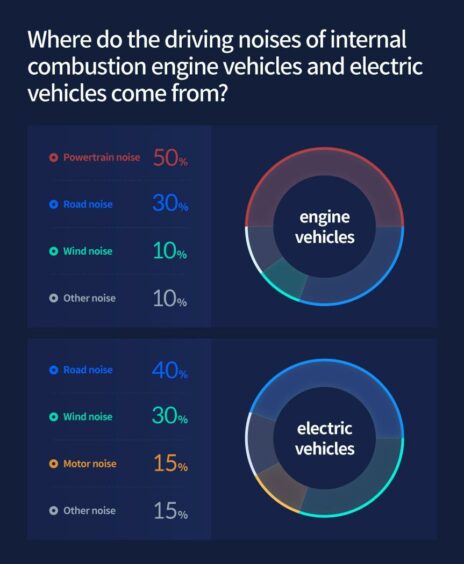Buying a new car often involves a learning curve for motorists as they become familiar with its handling, equipment and character.
However, electric vehicles (EVs) involve a new raft of skills. Usually quieter and often smoother, EVs do not produce the same range of sounds that many drivers have become accustomed to listen out for in day-to-day driving.
Due to changes in legislation, electric cars are required to make more noise than before. However, with a lot more electric and hybrid vehicles on the roads and different car companies creating their own models, it can become challenging to identify whether an EV noise is normal or not.
Without the multiple moving parts and components found in petrol cars, such as engine oil issues, spark plugs problems or fuel pump blockages, EV drivers need to become aware of specific sounds that can indicate that everything is running fine – or that they have a potential problem on their hands.
To help, motoring experts from Lease Electric Car have revealed common noises produced by EVs and some of the reasons for them.
A spokesperson for Lease Electric Car said: “In the not too distant future, petrol and diesel powered cars will become less available, with many more electric and hybrid models taking to the roads than there were 10 years ago.
“These types of vehicles are very quiet, which is great for noise pollution levels, but some drivers may be concerned if their car does make a noise, as this could mean that something is wrong.”
Rolling noise
When an EV reaches a higher speed, the rush of the wind resistance and tires can make a noise that may sound unfamiliar. This will take some time to adapt to especially if you have switched from a petrol or diesel powered car and are accustomed to hearing engine sounds at most speeds.
Charging
If you’re a new owner, then it can be hard to tell if the charger noise is correct. You should only hear the sound of the cooling fan. If you hear more than that, it could indicate a problem and you should have it checked out.
Lower speeds
New EU regulations have made it a requirement that an EV should make an artificial noise when moving slower than 12mph. Although it may not be possible to hear this from inside the car, pedestrians – especially the visually impaired – will be able to tell when a car is approaching.
Some electric car companies have also developed ways to alert pedestrians when a car is approaching slowly, by creating artificial tones mimicking car horns that sound less urgent.
Hybrid humming
If your hybrid vehicle is making a humming noise, chances are that the transmission pump is malfunctioning, and this could mean that there’s a problem with the torque converter.
Acceleration sounds
Some cars have been given certain interior sounds to make the driving experience more immersive. If the car is put into sports mode, then the sound of the car will mimic that particular mode. For example, the electric Ford Mustang produces a base hum when the driver accelerates and replicates how it would sound in a petrol or diesel version.
Custom tracks
Some companies have also given drivers the option to customise their car sounds to make it sound like any vehicle, with up to five sounds available. Hyundai‘s Active Sound Design (ASD) combines engine sound with virtual sound designed in real time, for example, resulting in a three-dimensional sound that reflects the vehicle’s characteristics.
For instance, a high-performance car produces a sound that hums with intensity when driving, while a luxury sedan produces a sound that resonates with elegance and luxury.











